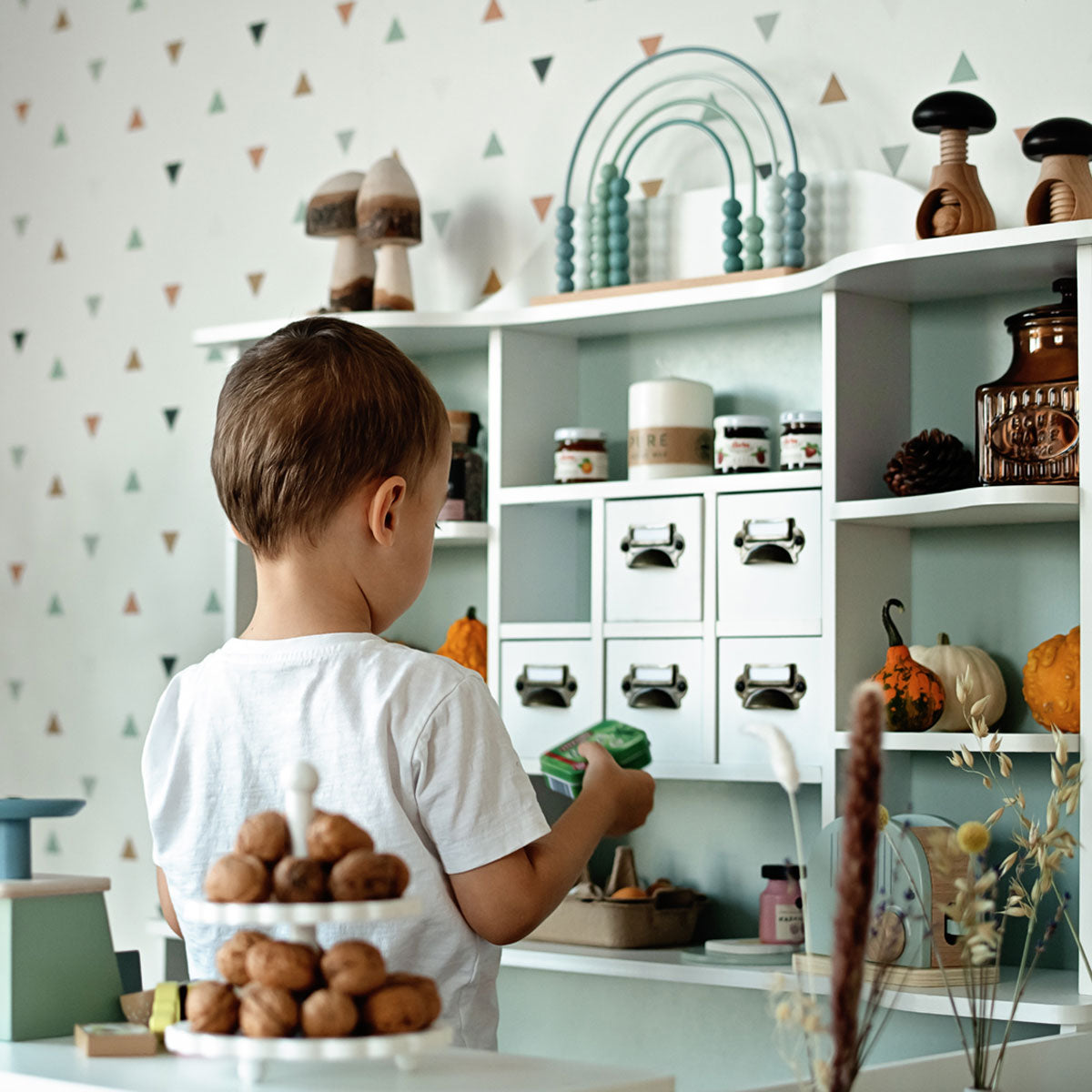
How a Wooden Play Shop Encourages Role Play and Language Development
A wooden play shop is more than just a nostalgic toy – it’s a powerful tool for language development, imagination, and social learning. Children immerse themselves in everyday scenarios, take on different roles, and learn to communicate, negotiate, and express themselves in a playful way. In this article, we’ll explore why a play shop for children is such a valuable educational toy – and introduce some of our favorite models from the Pirum collection.
1. Learning Language Through Role Play
In a play shop for children, natural conversations emerge: “Hello, what would you like today?” – “Three rolls and a bottle of milk, please.” These dialogues help expand vocabulary, improve grammar, and strengthen communication skills. Children learn to ask questions, respond appropriately, and express themselves clearly – all while having fun.
🛒 Shop Tip: The Meppi Kaufladen Flexi in white/mint offers a spacious counter and plenty of shelves – perfect for imaginative sales conversations.
2. Strengthening Social Skills
Switching between customer and shopkeeper roles helps children understand different perspectives. They learn to recognize needs, resolve conflicts, and cooperate – all of which are closely tied to language development.
🛒 Recommended Model: The Roba Kaufladen Bumblebee features charming details and enough space for siblings or friends to join in the fun.
3. Expanding Vocabulary with Everyday Language
Words like “cash register,” “receipt,” “special offer,” or “organic cucumber” enrich a child’s vocabulary. Kids often mimic phrases and tones they hear from adults – a sign of how closely they observe and absorb language.
🛒 Perfect Accessory: The Meppi Cash Register Set with accessories makes the experience even more realistic – ideal for learning terms like “change” or “receipt.”
4. Building Confidence Through Language
When a child proudly declares, “I’m the boss of the shop today!”, they’re not just playing – they’re experiencing self-efficacy. They realize that words have power, whether they’re selling toy fruit or negotiating prices. These moments boost confidence and communication skills.
🛒 Creative Favorite: The Meppi Kaufladen Panda includes chalkboard surfaces that invite kids to write prices, offers, or even little slogans themselves.
5. Educational Value of a Wooden Play Shop
Educators and speech therapists value role play toys like the wooden play shop because they offer a safe space for children to experiment with language. Studies show that role play supports “decontextualized language” – the ability to talk about things that aren’t immediately present. This is a key milestone in cognitive and linguistic development.
🛒 For Smaller Spaces: The Roba Kaufladen Macaron in mint and white is compact yet functional – ideal for smaller play areas.
Conclusion
A wooden play shop is far more than a toy – it’s a stage for language, imagination, and social growth. Whether selling, advising, or ringing up purchases, children learn to express themselves, listen, and engage with others. If you’re looking for a meaningful gift, a play shop for children offers a world of possibilities.


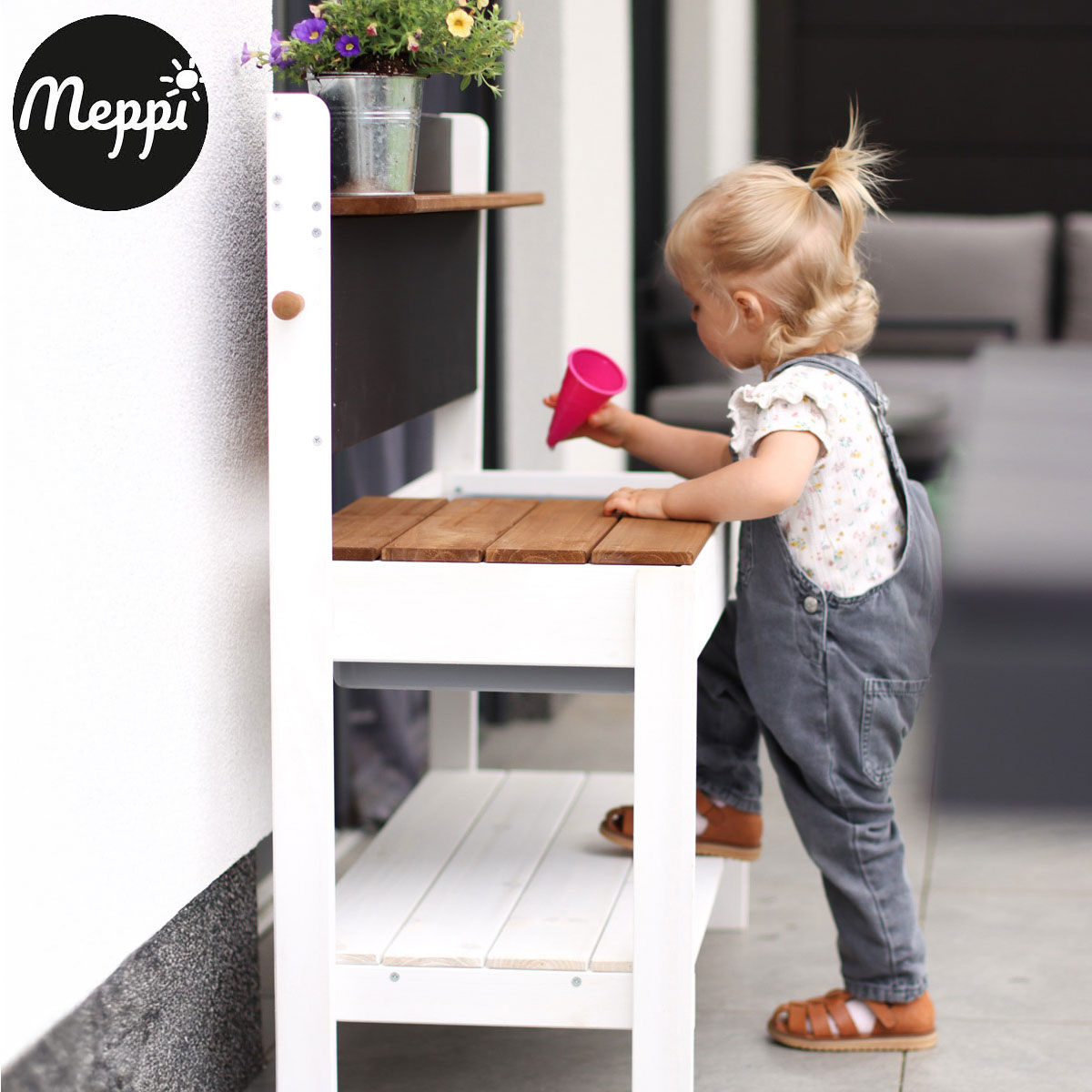
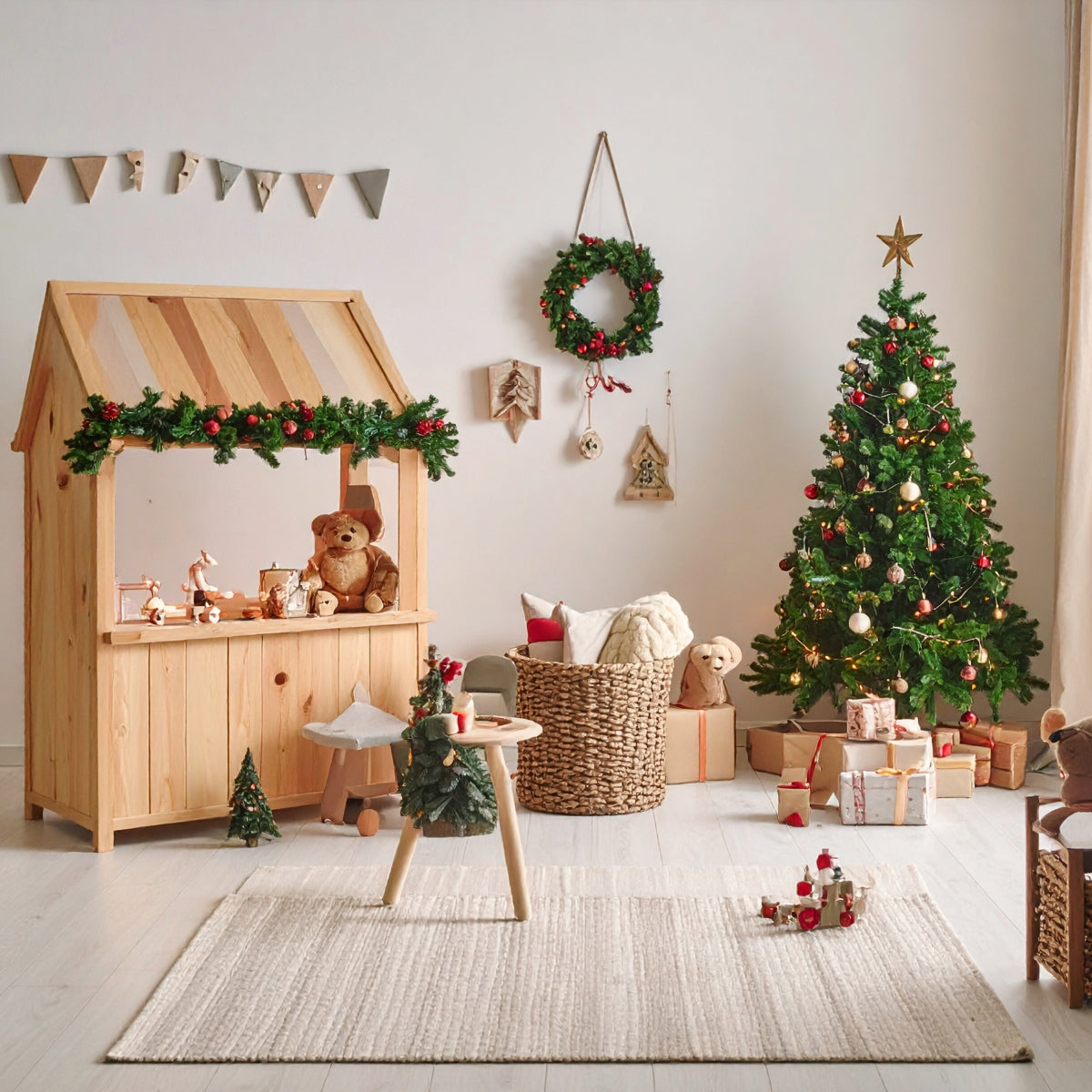
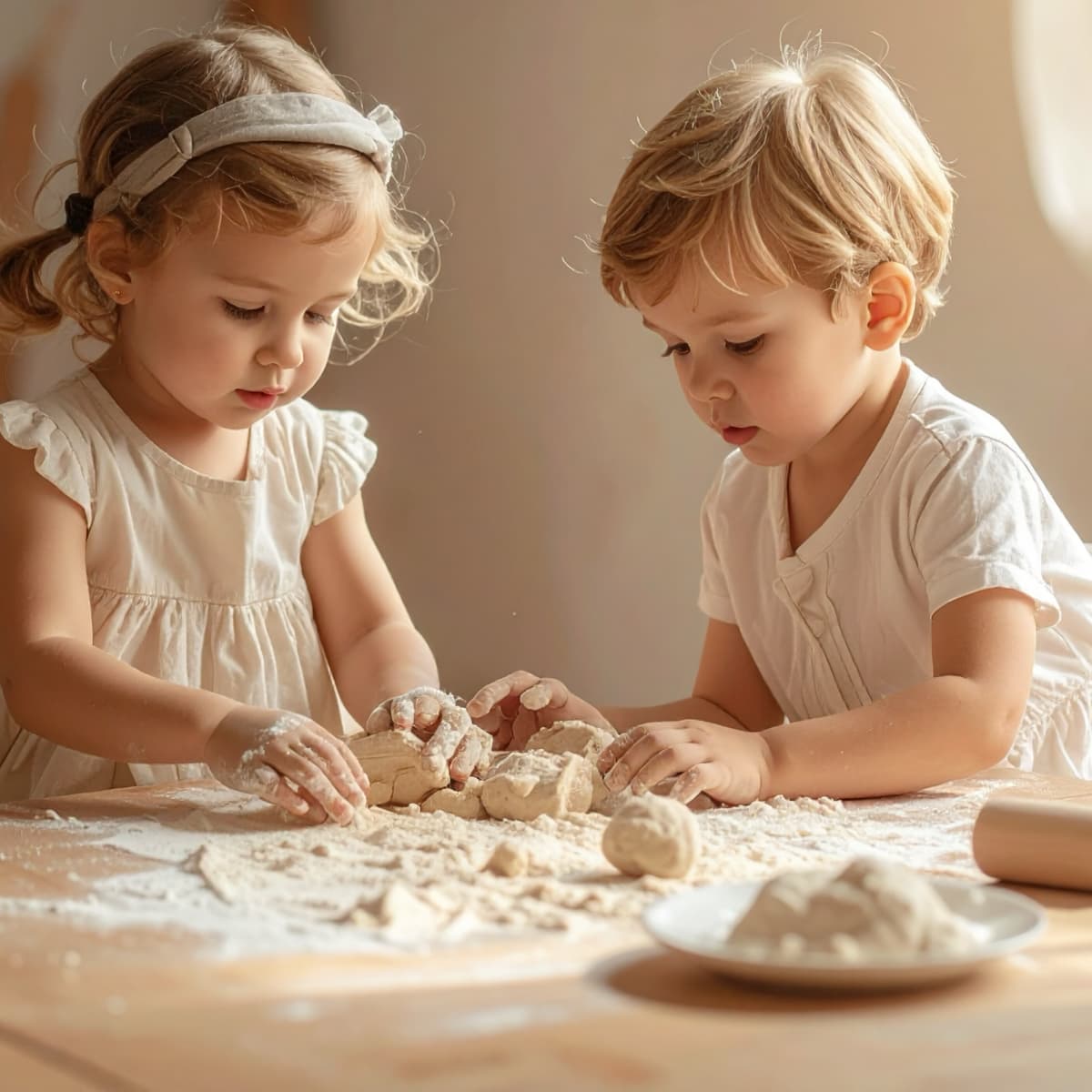
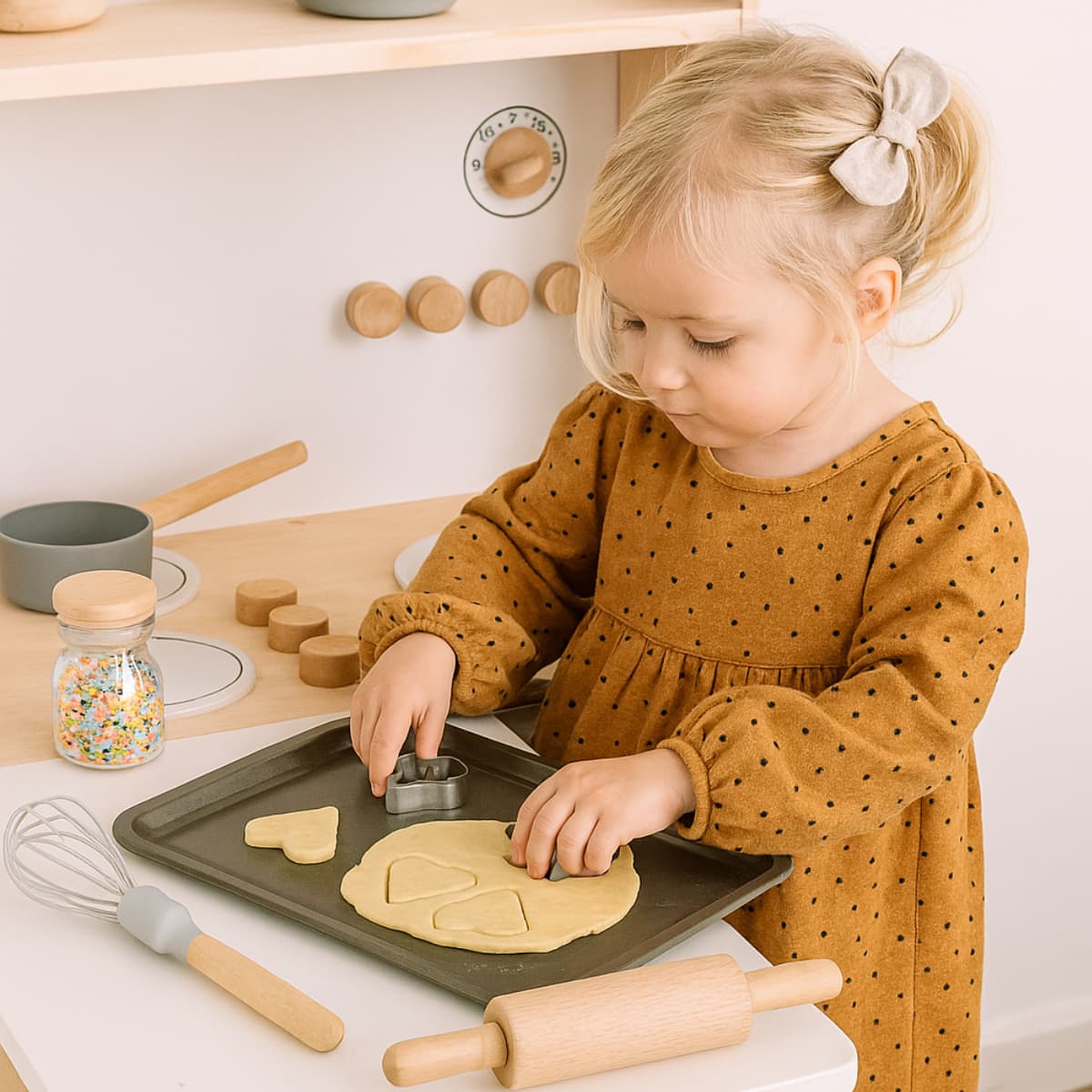
Leave a comment
This site is protected by hCaptcha and the hCaptcha Privacy Policy and Terms of Service apply.